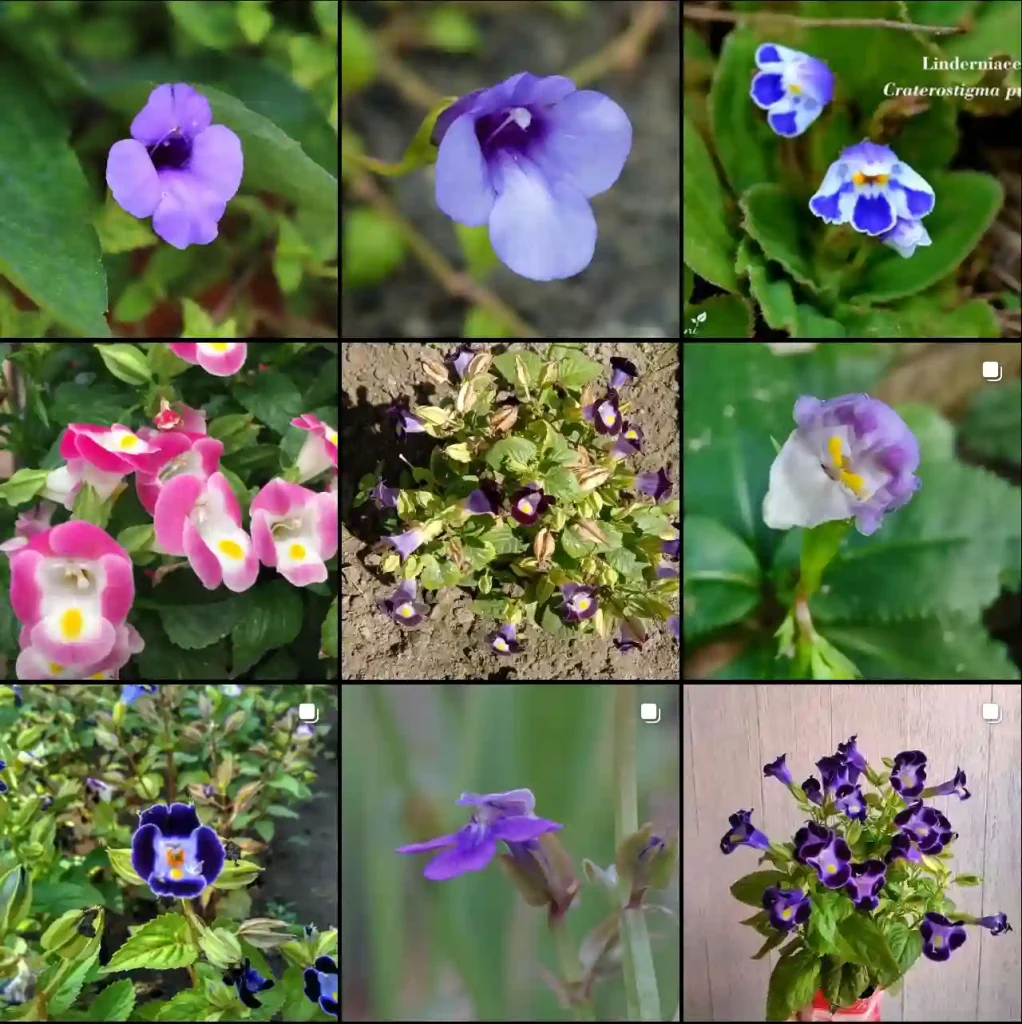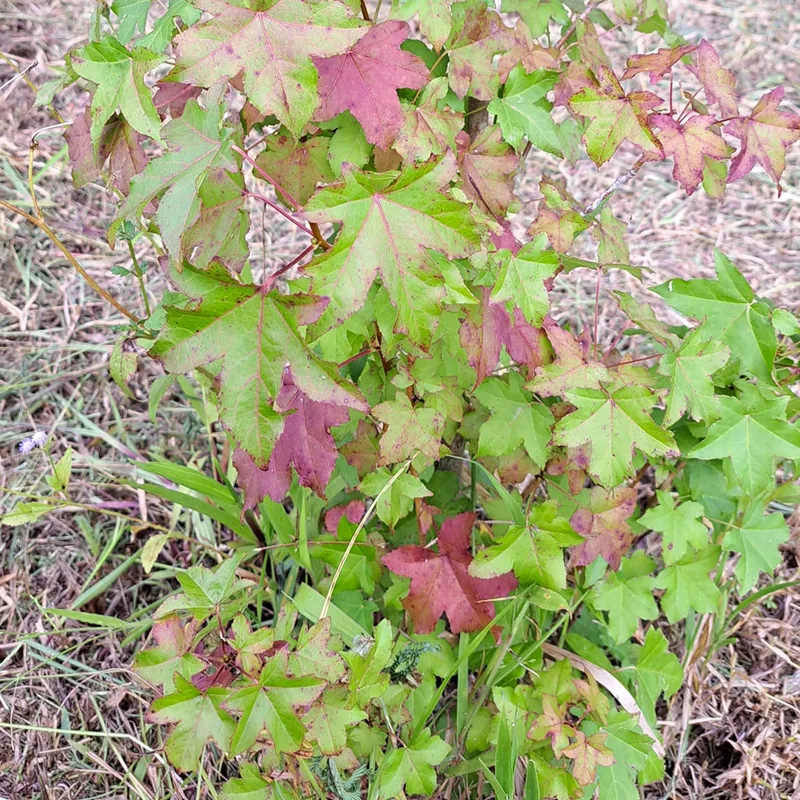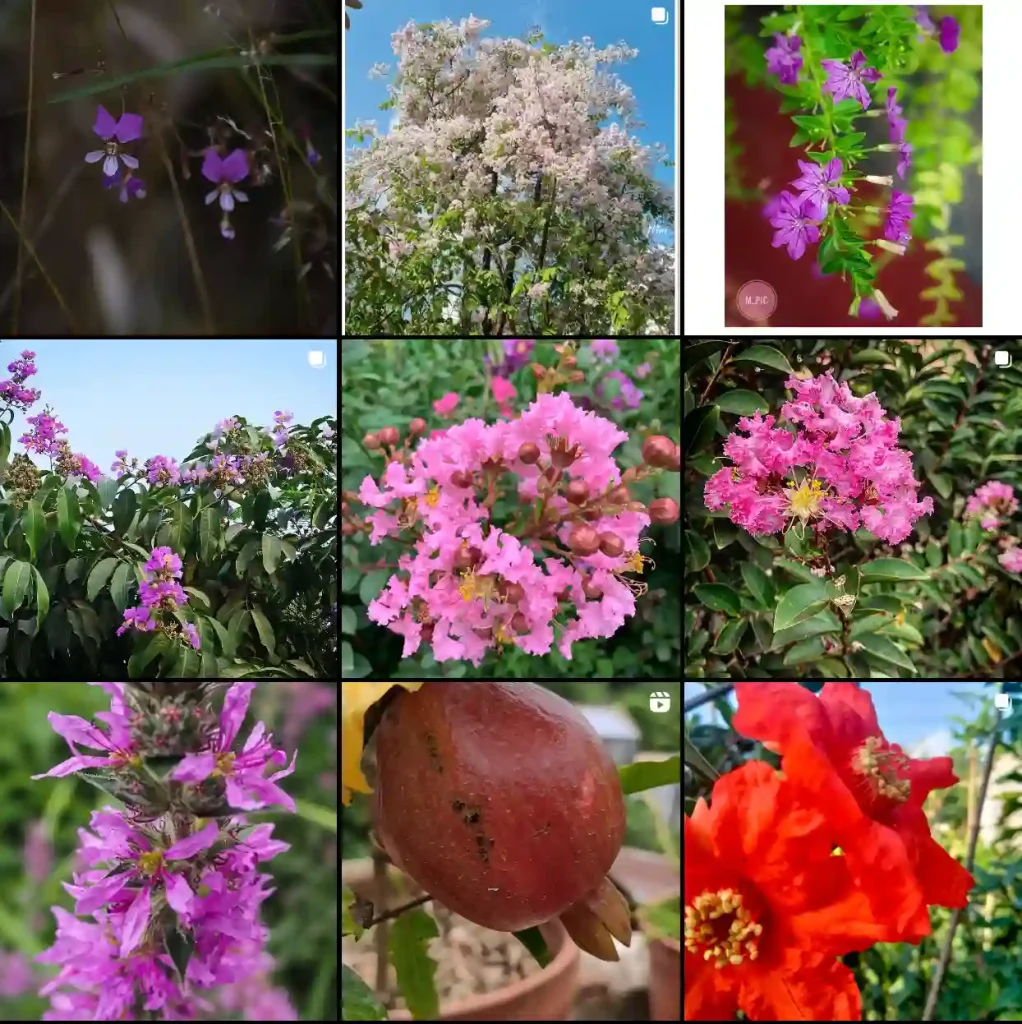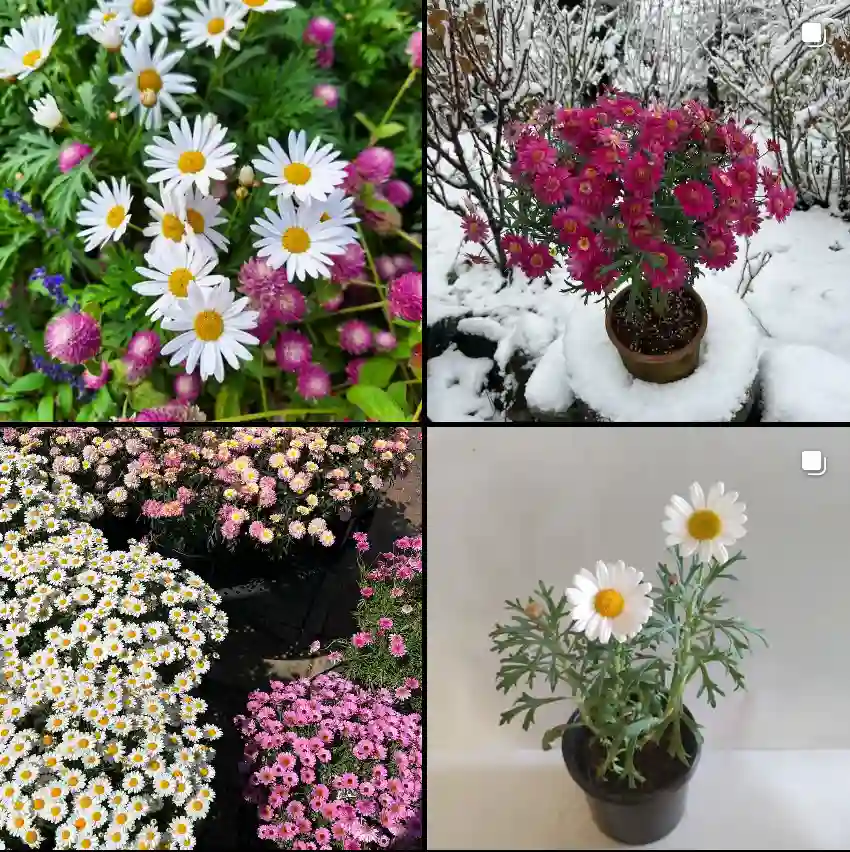My Fascination with Clintonia
As a botanist, I’ve always been drawn to the subtle beauty and quiet resilience of the plant genus Clintonia of the Liliaceae family. Named after DeWitt Clinton, a 19th-century naturalist and governor of New York, these shade-loving plants are a testament to the elegance of simplicity. They thrive in the cool, damp understory of North American and East Asian forests, often hidden amongst ferns and towering trees.
What captivates me most about Clintonia is their understated charm. They don’t boast showy blooms or vibrant colors. Instead, they possess a quiet dignity, their beauty revealed in the delicate structure of their flowers and the striking hue of their berries.
A Closer Look at the Species
The genus Clintonia comprises a small group of perennial herbs, each with its own unique characteristics. Let’s take a closer look at species:
- Clintonia borealis: Commonly known as the Bluebead Lily, this species is native to eastern North America. It’s characterized by its umbels of yellowish-green flowers and, later in the season, its striking blue berries. I recall my first encounter with C. borealis in the Adirondack Mountains. The vibrant blue berries against the backdrop of the forest floor were a sight I won’t soon forget. Plant FAQs: Clintonia Borealis – Bluebead Lily
- Clintonia andrewsiana: This Californian native, known as the Red Clintonia, stands out with its deep red berries. It prefers the moist, shaded slopes of the coastal mountain ranges. I’ve had the pleasure of observing C. andrewsiana in its natural habitat, and the contrast of its red berries against the lush green foliage is truly remarkable.
- Clintonia uniflora: Also known as the Bride’s Bonnet, this species is unique for bearing only a single flower per stem. It’s widespread across western North America, from California to British Columbia. I find the solitary white flower of C. uniflora to be particularly elegant, a testament to the beauty of simplicity.
- Clintonia umbellulata: This species, commonly known as the Speckled Wood Lily, is distinguished by its white flowers adorned with green or purplish speckles. It’s found in the Appalachian Mountains of eastern North America. The delicate speckles on the petals of C. umbellulata add a touch of whimsy to this otherwise understated species.
- Clintonia udensis: This East Asian species is native to Japan, Korea, and northeastern China. It thrives in the cool, temperate forests of these regions. I’m particularly intrigued by the biogeographical distribution of C. udensis, as it highlights the evolutionary connection between the flora of North America and East Asia.
The Allure of Subtlety
The beauty of Clintonia lies not in ostentation, but in the subtle details. Their leaves, often basal and broadly elliptical, form attractive clumps. Their flowers, though small, are intricate and delicate. And their berries, whether blue, red, or black, provide a vibrant contrast to the surrounding greenery.
I find myself drawn to the resilience of Clintonia. They thrive in the shaded understory, often in nutrient-poor soils. They are a reminder that beauty can be found in the most unexpected places, and that strength can be found in quiet persistence.
Clintonia also plays a vital role in their ecosystems. Their berries provide food for various wildlife, including birds and small mammals. They contribute to the biodiversity of their habitats, serving as a reminder of the interconnectedness of all living things.
My fascination with Clintonia continues to grow with each passing year. They are a testament to the enduring power of nature, a source of inspiration, and a reminder of the beauty that can be found in the simplest of things. I believe that by appreciating and understanding these understated plants, we can gain a deeper appreciation for the natural world and our place within it.
If i die, water my plants!



